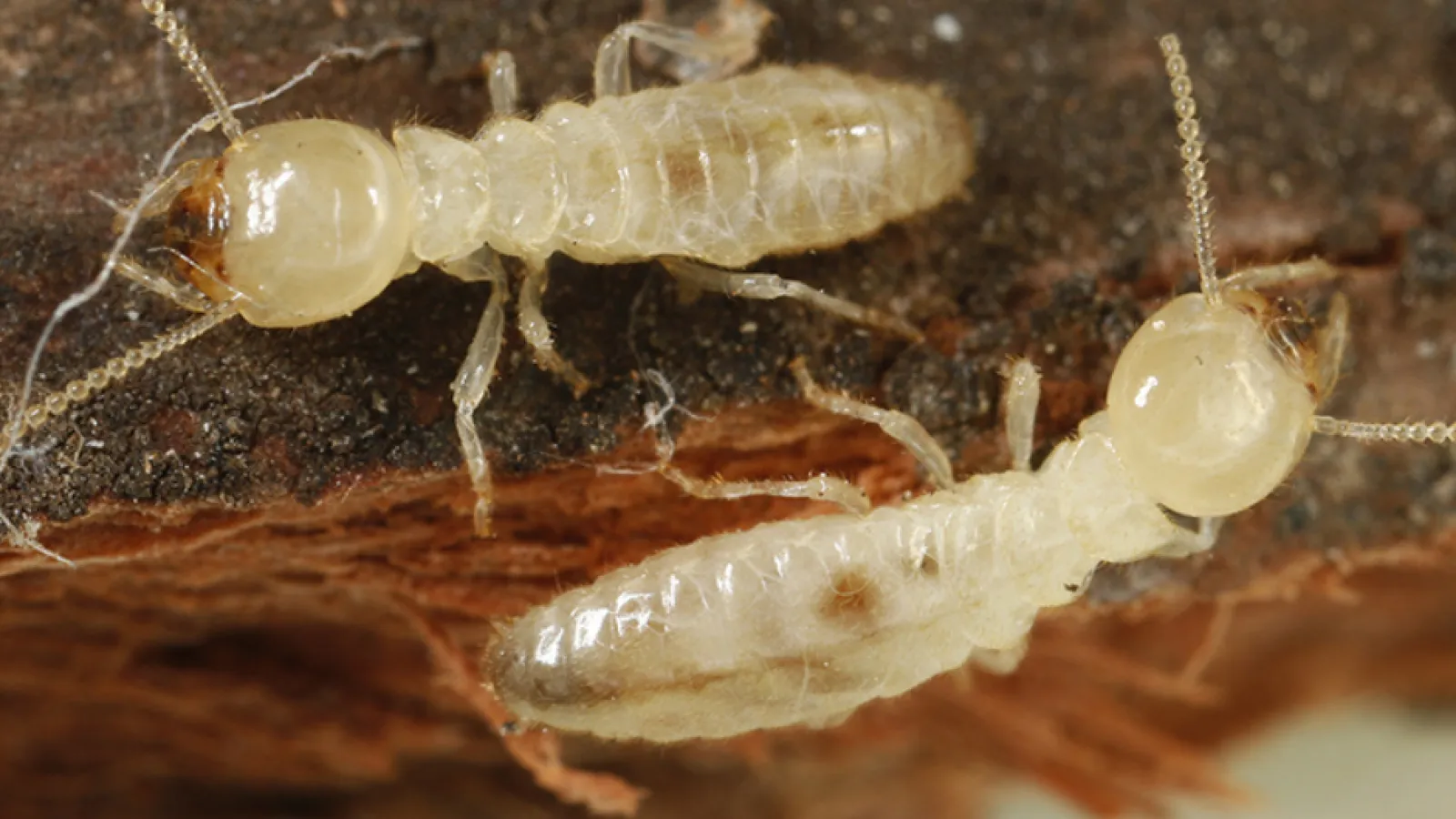
Subterranean Termites
Eastern subterranean termites (Reticulitermes flavipes) are a species of subterranean termites found primarily in the eastern United States, ranging from the Northeast to the Southeast regions. Eastern subterranean termites are among the most destructive pests, causing billions of dollars in damage to structures annually.
Habitat: As their name suggests, Eastern subterranean termites primarily inhabit underground colonies. They build their nests in soil and construct extensive tunnel systems to forage for food and travel between their nest and food sources.
Colony Structure: Eastern subterranean termite colonies consist of different castes, including workers, soldiers, and reproductives. Workers are responsible for tasks such as foraging for food, constructing and repairing the nest, and caring for the young. Soldiers defend the colony against threats, primarily ants. Reproductive members are responsible for mating and establishing new colonies.
Diet: Like all termites, Eastern subterranean termites feed on cellulose, which is found in wood and plant materials. They can cause significant damage to wooden structures, including homes, furniture, and trees, as well as paper products and certain types of insulation.
Moisture Dependency: Eastern subterranean termites are highly dependent on moisture for survival. They require a damp environment to thrive and are often found in areas with high humidity or moisture levels. They are particularly attracted to damp wood and soil.
Swarming: Eastern subterranean termites reproduce through swarming, typically during the spring months. Winged reproductive termites (alates) emerge from mature colonies in large numbers to mate and establish new colonies. Swarms are often triggered by warm temperatures and rainfall.
Signs of Infestation: Common signs of Eastern subterranean termite infestation include the presence of mud tubes on walls or foundation, hollow-sounding wood, damaged or sagging floors, discarded wings near windowsills or light fixtures, and piles of termite frass (fecal matter).
Preventing and controlling Eastern subterranean termite infestations involves implementing proactive measures such as reducing moisture around the home, repairing water leaks, using termite-resistant building materials, and scheduling regular termite inspections with a licensed pest control professional.
